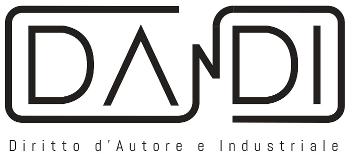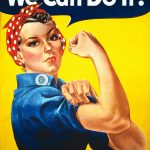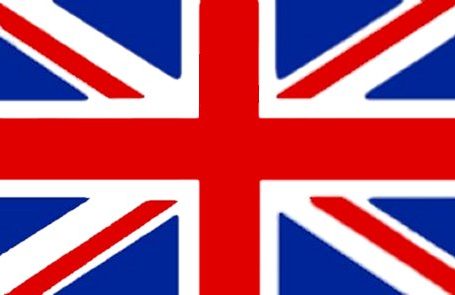Is it possible to copyright a sequence of movements such as yoga poses, dance steps or pilates movements?
International courts, scholars and copyright offices tried to give an answer to this question for some time.
Copyright claims on Bikram Yoga are the claims made by Bikram Choudhury (“Bikram”) that his yoga practice, Bikram Yoga, was under copyright and that it could not be taught or presented by anyone whom he had not authorized. Bikram began making copyright claims on Bikram Yoga in 2002. In 2011 Choudhury started a lawsuit against Yoga to the People, a competing yoga studio founded by a former student of Bikram’s and with a location near one of the Bikram Yoga studios in New York. As a result of that lawsuit, the United States Copyright Office issued a clarification that yoga postures (asanas) could not be copyrighted in the way claimed by Bikram, and that Yoga to the People and others could continue to freely teach these exercises. In 2015, the Ninth Circuit Court of Appeals affirmed a lower court ruling that the Bikram Yoga Sequence was not copyrightable subject matter.
The Ninth Circuit rested its holding on a classic feature of copyright law: You can’t protect an idea, but you can protect the expression of that idea. The Court stated that Bikram’s Sequence was an idea, process, or system designed to improve health. Since copyright law only protect the expression of ideas – for example, the words and pictures used to describe the Sequence – the Sequence itself is not protectable and ineligible for copyright protection as a “compilation” or “choreographic work.” In simplest terms this meant that Bikram has copyright protection over his books and DVDs and other expressions of his work, but not the exercises themselves, or even the sequence of the exercises. A copyright on the yoga sequence would be akin to giving a surgeon the exclusive right to perform a complicated surgery, the court said. Only patents can protect processes and procedures.
Despite various international copyright treaties, the question of what is protectable under copyright law essentially remains a matter of national law.
In a Statement of Policy from 18 June 2012, the US Copyright Office took the position that “a selection, coordination, or arrangement of functional physical movements such as sports movements, exercises, and other ordinary motor activities” did not represent the type of authorship intended to be protected under the US Copyright Act as choreographic works. However, a “composition and arrangement of a related series of dance movements and patterns organized into an integrated, coherent, and expressive whole” could rise to the level of original choreographic authorship.
Even if simple yoga or exercise routines are unlikely to meet the minimum threshold of originality in most jurisdictions, a film or description of such a routine may qualify for copyright protection, as may a compilation of photographs of the routine’s individual movements. Additionally, exercise brands can leverage the value of their trademarks and make a profit from teaching their routines to others (through “train the trainer” programs) or from licensing their brand to fitness centers so that people familiar with a particular program know what to expect from the centers’ workout sessions.
As a relevant example, the term “Pilates” was originally a trademark of Joseph Pilates, but was subsequently found to be generic.
An October 2000 decision in Manhattan’s federal court declared that Pilates, like yoga and karate, is an exercise method and not a trademark. The decision affected thousands of Pilates instructors who had been prevented from saying that they taught Pilates……since then there have been plenty of lawsuits and cease and desist letters on this matter….
The government of India has taken steps to try to prevent individuals or organizations from claiming exclusive rights in traditional knowledge, such as yoga.
As early as August 2006, a group of experts in Indian traditional knowledge opened a dialogue at a conference presented by the Indian Institute of Technology aimed at preventing traditional knowledge from being subject to patents.
According to speakers at the conference, there had been an “epidemic” of corporate interests going around the world and claiming to have invented things that have been known in traditional settings but not necessarily widely known around the world.
In November 2009, the Indian government gave the U.S. PTO access to the Traditional Knowledge Digital Library, a database of traditional Indian knowledge, including yoga. The library was put together starting in 2006 by India’s Council of Scientific and Industrial Research and the Department of Ayurveda, Yoga and Naturopathy, Unani, Siddha, and Homeopathy. Such a database could be used to prove that certain alleged “inventions” were not novel or non-obvious, and that they had been anticipated by knowledge already in existence.
Dandi Law Firm provides legal assistance in several Practice Areas. Check out our Services or contact Us!





